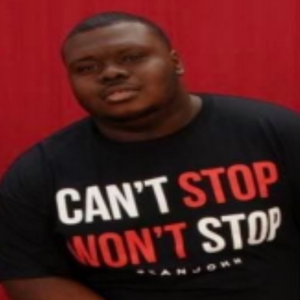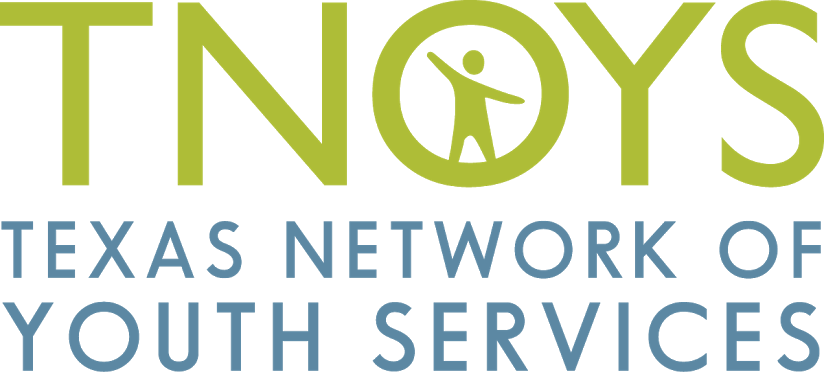
TNOYS recently caught up with Kedrick Spivey to discuss a topic that has generated a fresh round of news coverage throughout Texas: the rise in foster youth being designated Children Without Placement (CWOP) because they have been placed in temporary emergency care in an unlicensed placement.
CWOP is typically viewed as a last resort to provide youth with temporary emergency care until appropriate placement can be secured for them. Kedrick, who’s currently 20 years old, was temporarily in CWOP during his experience in the foster care system and would like to share his experience to shine a light on what needs to be addressed in order to better serve CWOP-designated youth.
As an alum of TNOYS’ Young Adult Leadership Council (YALC), Kedrick knows how powerful his voice can be when it comes to impacting the systems that serve youth and young adults (YYA). In sharing his story, he seeks to make a change within his community and influence policymakers, providers, and the policies and procedures that impact YYA.
The following interview has been edited for length and clarity.
TNOYS: When were you in Children Without Placement (CWOP)?
Kedrick: I was very young when I entered foster care – I was 12 years old. I was 13 years old when I was placed in CWOP after running away from my foster home.
TNOYS: Where were you before you were in CWOP? What was your situation like?
Kedrick: I was at a foster home where I was essentially abused, neglected and not treated well. I was given expired food to eat, the living conditions were poor with a makeshift bed put together with duct tape, but worst my foster guardian would burn me with cigarettes. The situation was unbearable and I had to run away.
My case worker found me and placed me in CWOP.
TNOYS: Describe your experience in CWOP.
Kedrick: I was in CWOP for two weeks. At first the staff there were nice. They let me wash my clothes and they fed me. The very next day they put me in a room and locked me there all day. I was not allowed to go out all day. I asked them why and they would not tell me. I was told not to say anything about the entire experience by the workers there.
The entire experience was traumatizing. Eventually, once I got out of CWOP I said something and I later found out that some people got fired. I hear the situation with CWOP is worse now for kids that go through it – at least from what the kids I talk to have told me.
TNOYS: What would you change about your experience with CWOP?
Kedrick: I would change the whole atmosphere. The staff there need to understand how to treat kids right and they need to be trained on how to work with kids. They need to know how to properly interact with kids and handle disciplinary situations correctly. There also needs to be therapy offered for kids because being in CWOP can be traumatizing.
TNOYS: What happened to you after CWOP?
Kedrick: I was placed in another foster home which was much better. The people there cared about me and I learned a lot there. I was in the foster home until I was 18.
TNOYS: What recommendations do you have for adults working with youth in CWOP?
Kedrick: Communication is key. The adults need to be trained on how to work with youth and they have to learn about who their audience is. They need training on resolving conflicts and de-escalating situations and how to comfort youth.
TNOYS: How can we prevent CWOP from happening altogether?
Kedrick: We need more good foster family homes and programs like RTCs and programs that support youth and allow them to enjoy their lives as kids and transition successfully into adulthood. Overall, we just need more programs that support and help kids.
Learn more about TNOYS’ Young Adult Leadership Council here.
